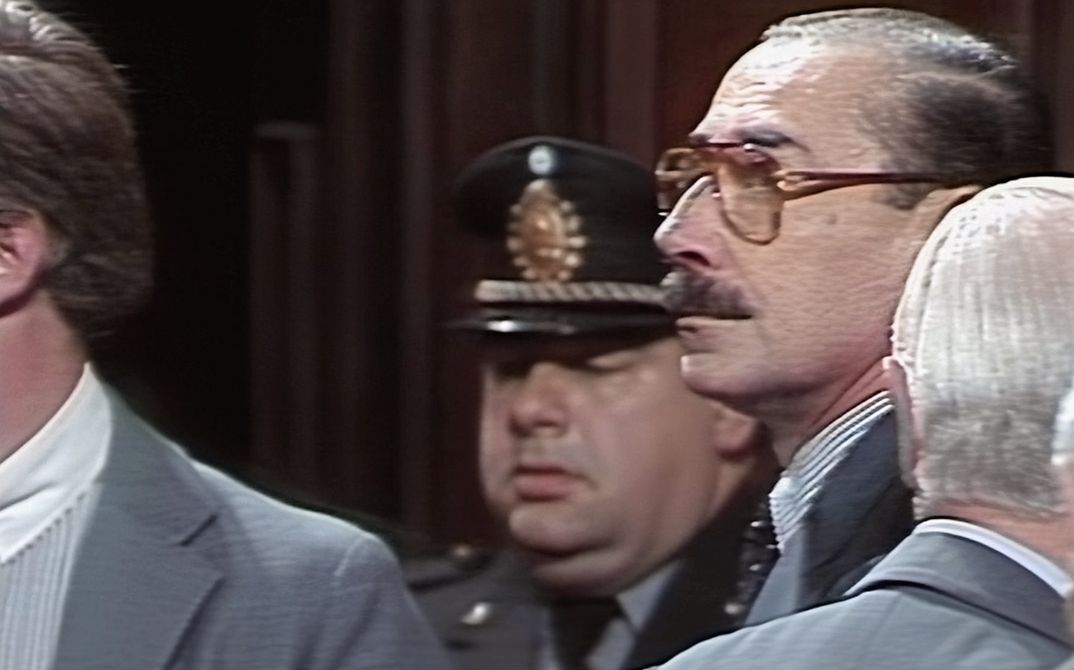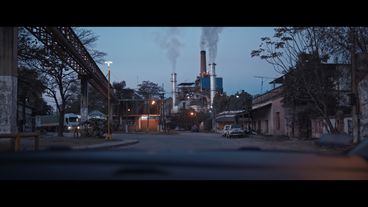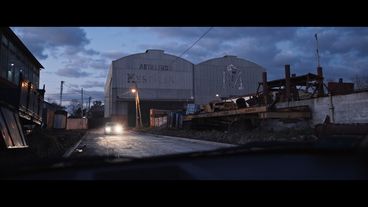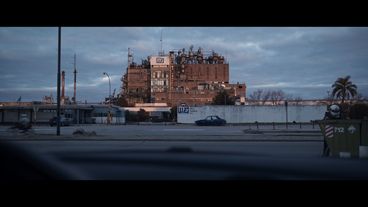As far as precedents for Ulises de la Orden’s film are concerned, the work of Sergei Loznitsa comes to mind, even if it doesn’t necessarily offer the best comparison. His extraordinary film PROCESS (The Trial, 2018), which explores Stalin’s first Moscow show courts, is more about denouncing their manipulations than describing the singular nature of one specific trial in the way the Argentinean film does. More relevant parallels can be found in the Brazilian film O PROCESSO (The Trial, Berlinale 2018) by María Augusta Ramos, which explores the impeachment of President Dilma Rousseff, or, to an even greater extent, Eyal Sivan’s UN SPÉCIALISTE (A Specialist, Berlinale 1999), which is about Adolf Eichmann’s trial in Israel.
"The exhaustiveness of EL JUICIO is one of its great achievements, because there are few facts concerning the dictatorship and its modus operandi that the film does not cover."
Like Ulises de la Orden’s film, Sivan’s film is also based on a single audiovisual record that is hundreds of hours long. It too has many different participants in one single setting, that of the courtroom: the prosecutor, the defence attorney, the judges, and, of course, the defendant. But in EL JUICIO, there are nine defendants, not just one, and even though several of them (or their numerous attorneys) victimised themselves the same way that Eichmann did, this was not the case for main defendants Jorge Rafael Videla and Emilio Eduardo Massera, who were sentenced to life imprisonment, claimed responsibility for their actions and died in captivity (Videla in his cell in 2013 and Massera at the Naval Hospital in 2010).
EL JUICIO explicitly shows how these men didn’t just scorn the legal proceedings to which they were being subjected (and which they had denied to their victims), but also showed contempt for the very lives of the people they had systematically kidnapped, tortured and assassinated. They gave a complicit, mocking laugh when they entered the courtroom, which a nameless cameraman of the state television service happened to capture, a gesture that the director and his editor have now recovered to give it its full, sinister significance. EL JUICIO repeatedly uncovers and makes use of these small, yet revealing moments, even though the television cameras were always located behind the defendants and the victims, presumably to protect their privacy during the trial and to emphasise simple recording over spectacle.



